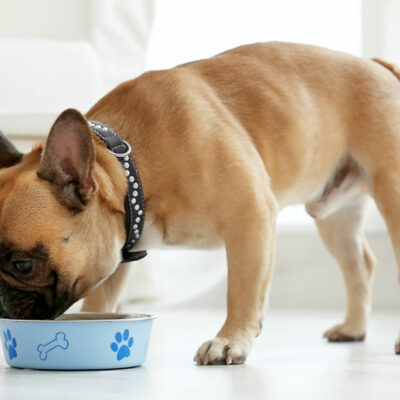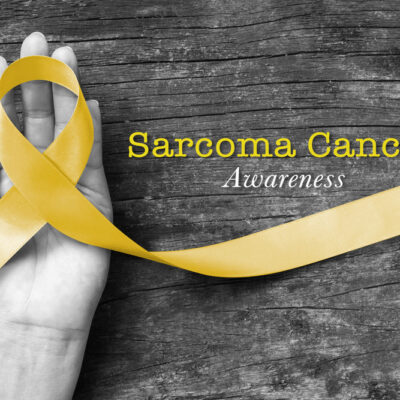
Pets
8 Decorative Plants that are Dangerous for Cats
Cats are fond of climbing and exploring and tend to eat or chew on plants. They are very playful, and it is difficult to keep plants out of their reach. Plants make any corner of the house beautiful and appealing, but they should be avoided when you have a pet cat. Certain plants can irritate a cat’s mouth, skin, or stomach. To help you, here are eight decorative plants that are dangerous for cats. 1. Lilies Certain species of lilies like Easter lilies are dangerous for cats as the ingestion of pollen, or any part can cause kidney failure. If a cat drinks water from the vase or licks the pollen of a lily plant, it can lead to life-threatening situations. 2. Autumn crocus Autumn crocus is a decorative plant that blooms during the autumn season. It is also known as the naked lady and the meadow saffron. It is dangerous not just for cats but also for dogs and horses. All the parts of this plant are highly toxic and harmful for cats because it contains high amounts of alkaloid colchicine. 3. Oleander It is a shrub that is known for its delicate little flowers. However, it is harmful to cats if they ingest any part of the plant as it causes vomiting, slower heart rate, or even death.
Read More 











